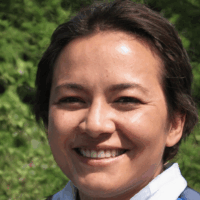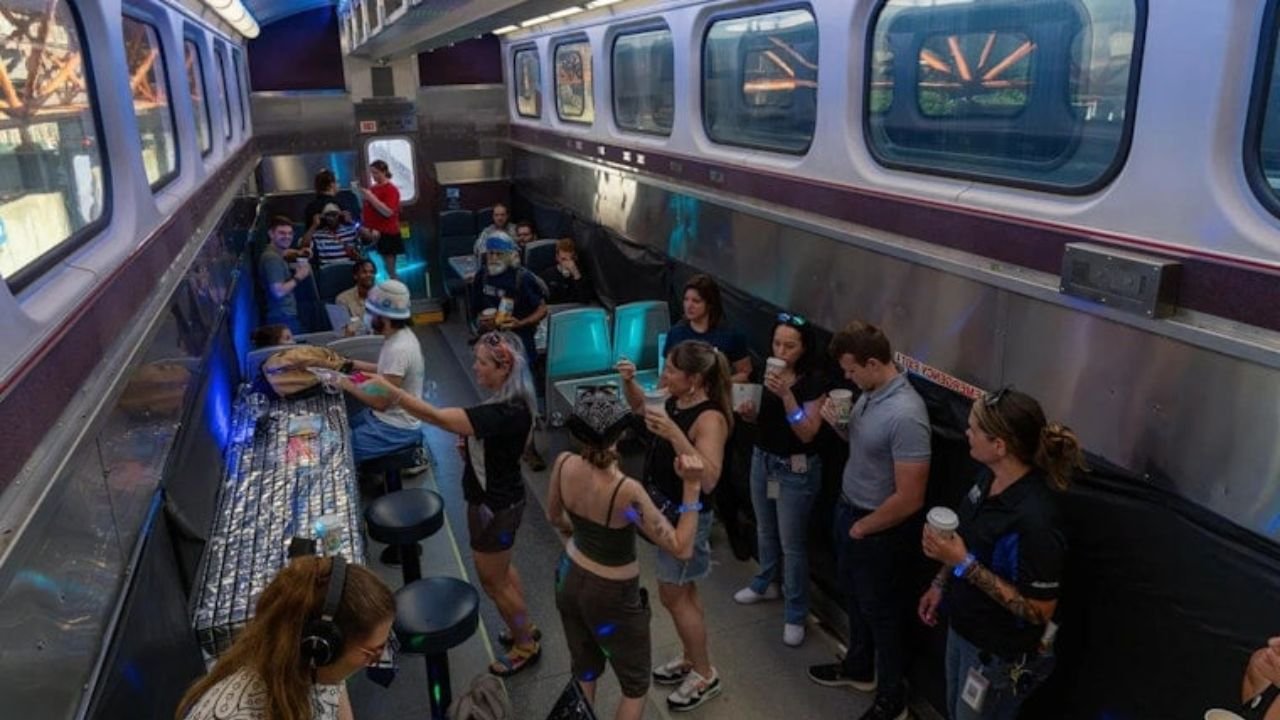CHICAGO — For decades, the story of the iconic Farnsworth House in Plano, Illinois — one of the world’s most celebrated modernist buildings — was told through the lens of its architect, Ludwig Mies van der Rohe. But now, a new book is shifting the spotlight to the woman behind the vision: Dr. Edith Farnsworth, a Chicago native and groundbreaking physician whose life and legacy are finally being reclaimed.
The book, Almost Nothing: Reclaiming Edith Farnsworth, written by architecture professor Nora Wendl and published by the University of Illinois Press, offers a detailed and emotional exploration of Farnsworth’s intellect, artistry, and misunderstood relationship with Mies.
A Brilliant Chicago Doctor, Hidden in History
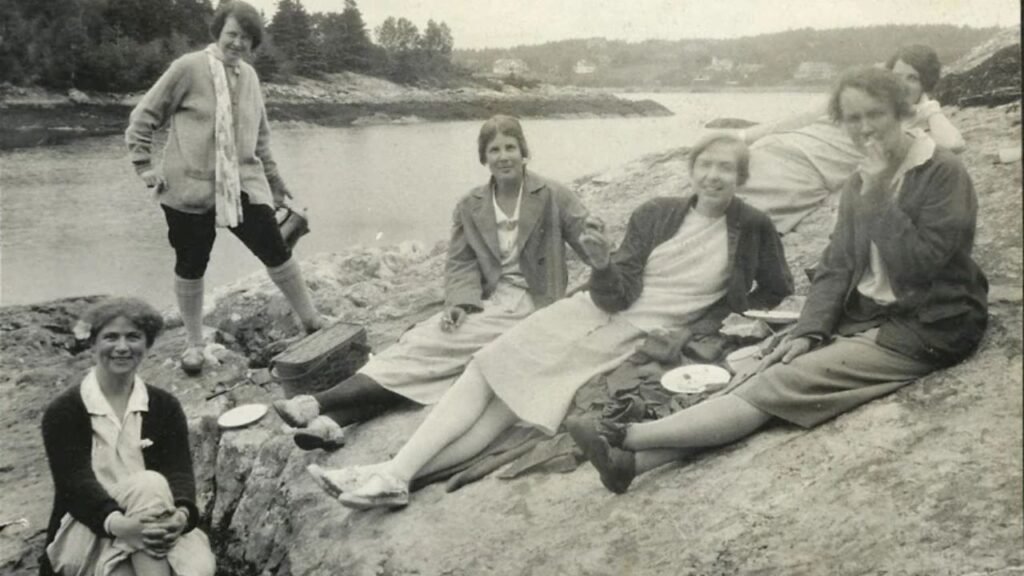
Born in 1903 in Chicago, Edith Farnsworth wasn’t just a patron of modern architecture — she was a Renaissance woman in her own right. She:
-
Studied at the University of Chicago and the American Conservatory of Music
-
Became fluent in multiple languages
-
Graduated in 1938 as one of just four women in her Northwestern University medical class
-
Led a research lab and pioneered kidney disease treatments
Despite these accomplishments, Farnsworth’s legacy has been overshadowed by rumors — including a supposed romantic fallout with Mies — rather than the visionary role she played in commissioning one of the greatest American homes ever built.
The House That Rewrote Modernism — And Edith’s Story
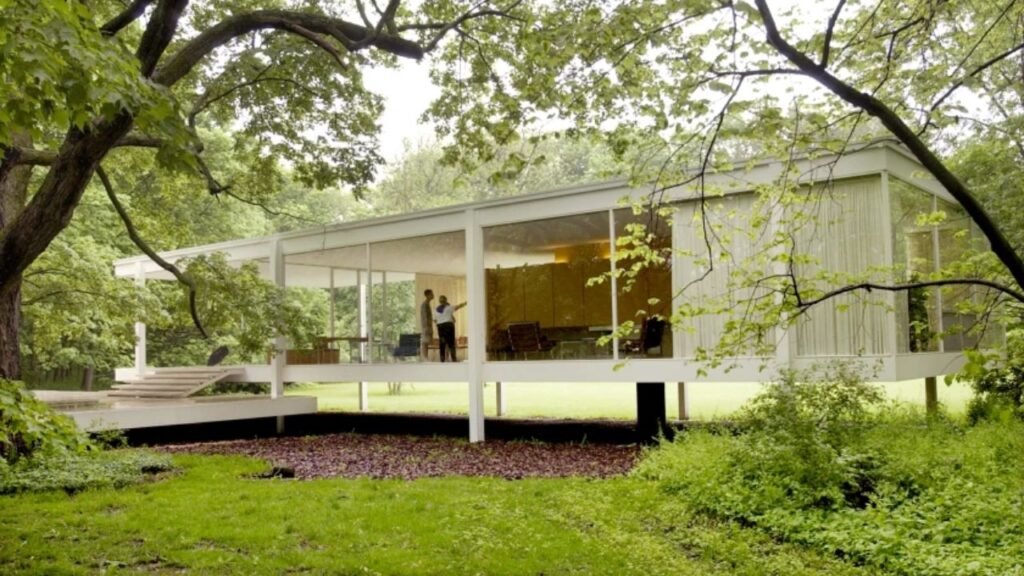
In 1945, Farnsworth purchased a quiet stretch of land near the Fox River in Plano, about 60 miles from Chicago. She tasked Mies van der Rohe, then head of architecture at the Illinois Institute of Technology, to design a weekend retreat.
What emerged was the Farnsworth House: a sleek, glass-walled structure supported by minimalist white steel. It was unlike anything else in post-war America — now revered as one of the 20th century’s most influential modernist homes.
But the partnership between architect and client deteriorated during construction, ultimately ending in a lawsuit over rising costs. Mies won in court, but the house — and Edith’s intentions — were long misunderstood.
A Biography That Rewrites the Record
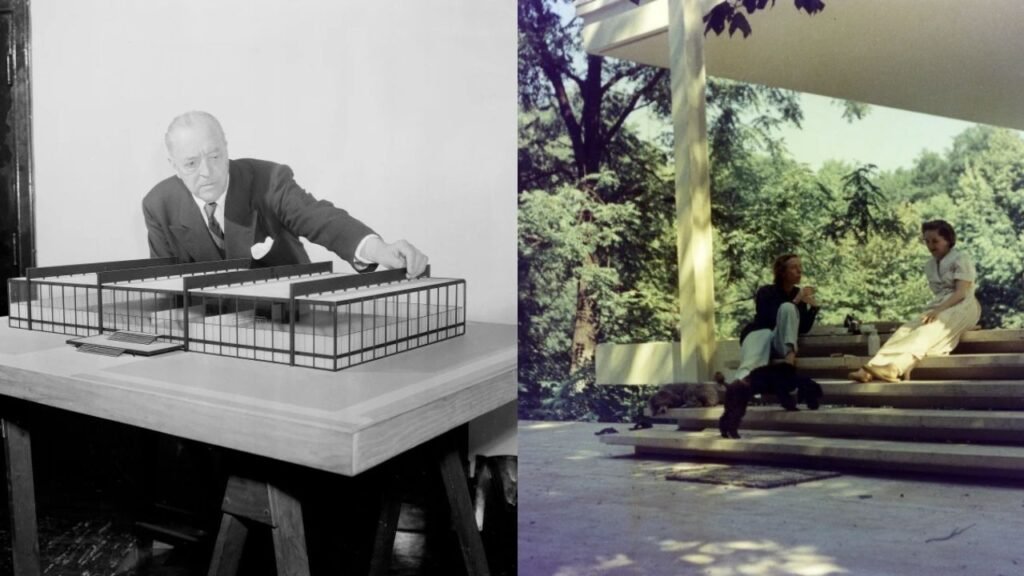
Wendl spent more than a decade researching Farnsworth’s archives, including her poetry, letters, and memoirs — some of which had been physically damaged or partially lost over time. The resulting portrait is that of a multidimensional, driven woman who carefully curated her life, even if history tried to erase it.
The author also weaves in her personal reflections as a scholar navigating the architectural world — a world that, like Farnsworth’s era, still struggles with misogyny and gatekeeping.
Wendl’s research revealed no definitive proof of the long-rumored affair, suggesting that the lasting narrative may have been more fiction than fact — a simplification that obscured the powerful legacy Farnsworth left behind.

Plano’s Museum and the Suburban Connection
Since 2004, the Farnsworth House has operated as a museum, now officially renamed the Edith Farnsworth House in 2021. The Plano property remains a cultural pilgrimage site just beyond the edge of Chicagoland, drawing visitors from across the globe.
Efforts are now underway to expand the narrative beyond the architecture itself, including:
-
Artist residencies inside the home
-
Time-period exhibits that reflect Farnsworth’s lifestyle
-
Public events that honor her broader cultural impact
“I’m glad to see that attention has been paid to Edith,” said Lynn Carpenter, a relative who never met her but now sees the significance. “As a strong woman of her own.”
Have you visited the Farnsworth House or explored Chicago’s modernist architecture? Do you believe more untold stories — especially about suburban women — deserve to be brought into the light? Share your thoughts in the comments at ChicagoSuburbanFamily.com.


